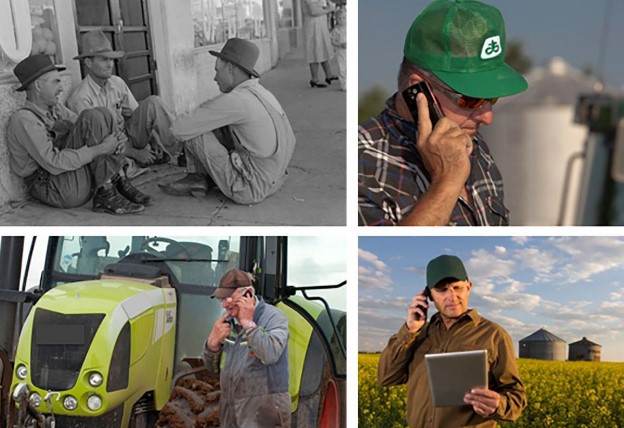By Alvaro Garcia
During 2018 the main driver for the state’s economic growth continued to be agriculture (crops and livestock). It is still the number one industry, with almost $20 billion in impact yearly. In 2017 South Dakota had $9.7 billion in agricultural sales (down from the more than $10 billion). Of these 52.9 percent corresponded to crops (grains, oilseeds, dry beans, dry peas, and hay). The total for livestock (Beef, hogs, dairy, sheep, poultry, and others) was 46.8 percent. So when comparing 2012 and 2017, it seems we have plateaued in the revenue obtained from agricultural sales. South Dakota’s real Gross Domestic Product FY 2017 was flat compared to 2016. Granted, the lower prices obtained for agricultural products over the last few years have negatively impacted the state’s agricultural revenue. Of the 29,960 farms currently in the state, close to 29,360 (98%) are family owned and operated. The income of these farms totaled $0.9 billion FY 2017, down from $1.1 billion in 2016, a decrease of 18.8%. It is through the farmer’s practical knowledge combined with new technologies and farming practices, that the state will continue to increase its agricultural output even in spite of economic and climate challenges.
The Role of the University
In today’s uncertain economic environment, two things can help farmers succeed: information and knowledge. The problem is that recent social research has found that information alone is a very weak motivator for change. The strongest motivation comes from seeing peers adopt an idea. This not only happens with farmers, but also within academia, and the general public. Diffusion of knowledge is critical and is the process by which an innovation is communicated over time among the participants in a social system. Four elements influence the spread of a new idea: the innovation itself, communication channels, time, and the social system. Communication channels and social systems have changed in ways we never dreamed of in the past. Ideas spread faster, which can lead both to good and bad decisions, depending on the source of that information.

If understandably so, today’s farmers are extremely busy to be able to be on top of new technologies and knowledge, who will provide it to them? A large Midwest land grant university polled farmers to rate their trust on a range of entities as sources of information. Another survey from the same university posed the same questions, but focused on influence rather than trust. The most trusted were family members, followed by the university, and in third place Ag retailers. However, when it came to influencing the decisions, Ag retailers were first, seed dealers second, the university third, and lastly family members. The question is: “How good is it to instill more trust, if it does not translate into effecting change?” Institutions of higher education need not to stop at being just the “sources of unbiased information”, but also become “influencers” in the decision-making process. If the strongest motivation comes from seeing peers adopt ideas, then that is the path academia needs to follow to effect change and lead to sustainable growth.